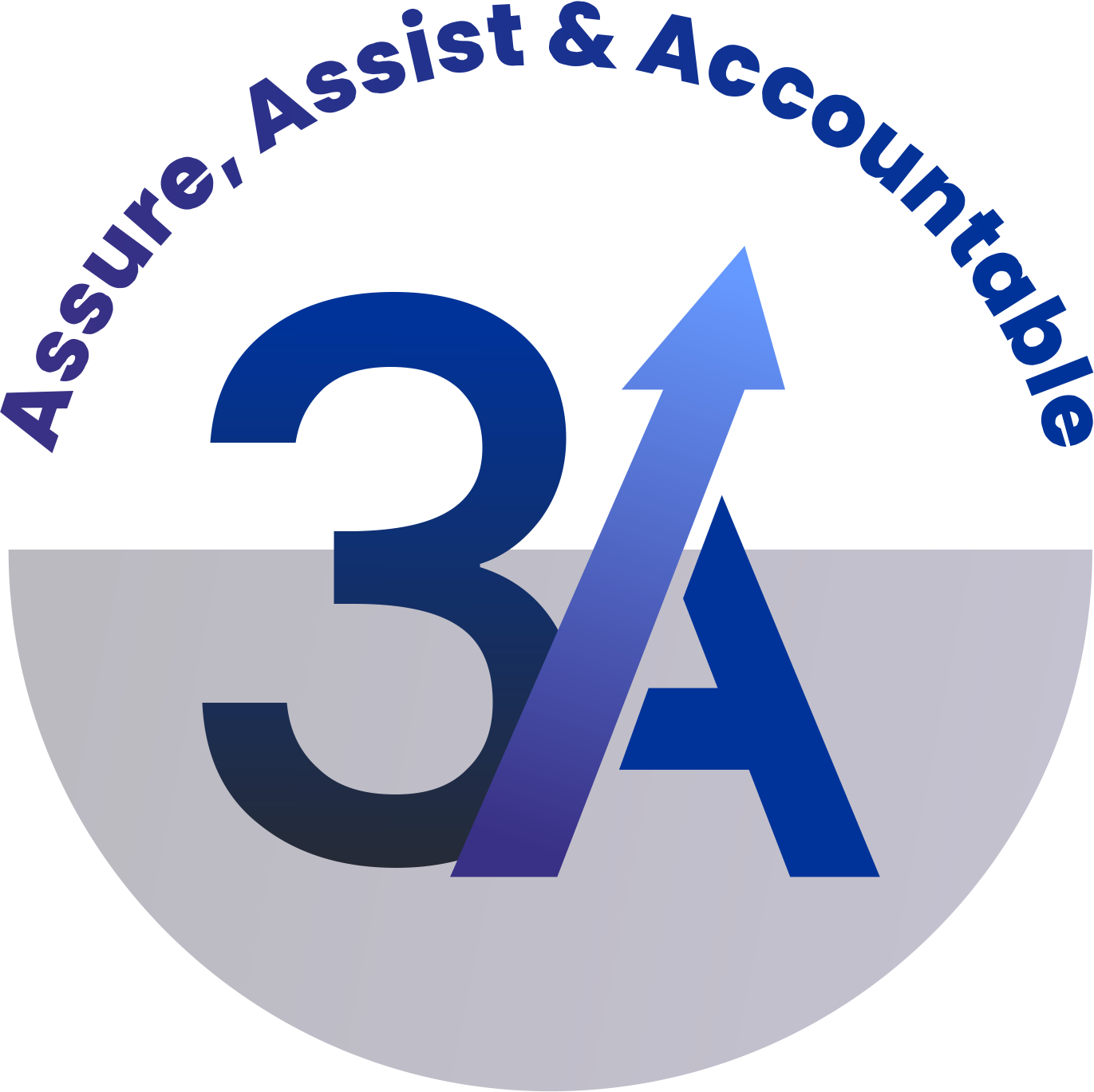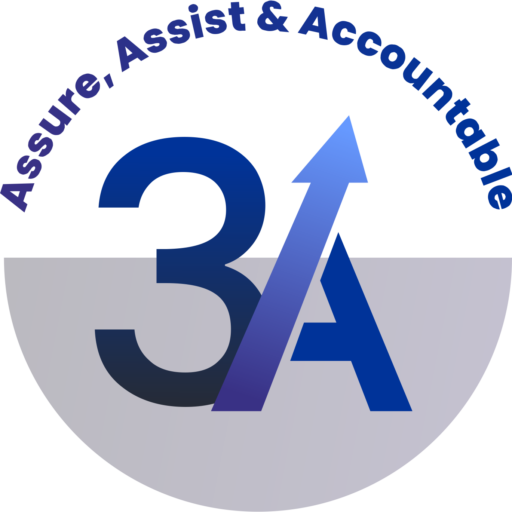Approaches such as contingency management and cognitive-behavioral therapy have been shown to effectively treat heroin use disorder, especially when applied in concert with medications. Contingency management uses a voucher-based system in which patients earn “points” based on negative drug tests, which they can exchange for items that encourage healthy living. Cognitive-behavioral therapy is designed to help modify the patient’s expectations and behaviors related to drug use and to increase skills in coping with various life stressors. An important task is to match the best treatment approach to meet the particular needs of the patient. When people addicted to opioids like heroin first quit, they undergo withdrawal symptoms (pain, diarrhea, nausea, and vomiting), which may be severe.
Why are Drugs so Hard to Quit?
- Because of this risk, experts recommend giving opioid overdose reversal medications such as nalmefene or naloxone (sometimes sold as Narcan) to anyone experiencing slowed or stopped breathing, which may be signs of an opioid overdose.
- These research objectives incorporate other cross-cutting goals, including enhancing women’s and children’s health; addressing public health challenges across the lifespan; promoting collaborative science; and leveraging data science for biomedical discovery.
- However, when taken as prescribed by people with opioid use disorder, methadone and buprenorphine prevent drug cravings and withdrawal symptoms without causing the intense feelings of pleasure (or “high”) that other opioid drugs produce.
A variety of effective treatments are available for heroin use disorder, including both behavioral and pharmacological (medications). Both approaches help to restore a degree of normalcy to brain function and behavior, resulting in increased employment rates and lower risk of HIV and other diseases and criminal behavior. Although behavioral and pharmacologic treatments can be extremely useful when utilized alone, research shows that for many people, integrating both types of treatments is the most effective approach.
Behavioral Therapies
The resources on this webpage cover a variety of drug-related issues, including information on drug use, emergency room data, prevention and treatment programs, and other research findings. Syringe-services programs, which provide clean injection equipment to people who inject drugs, are highly effective harm-reduction measures, greatly reducing the spread of infectious disease. The euphoria wears off quickly, leading to a “crash.” Some people try to avoid this and extend the euphoria by repeatedly taking the drug in a binge pattern. Repeated use in this way increases the risk of developing a methamphetamine use disorder. Buprenorphine treatment can also be started in the emergency department to ease withdrawal and cravings after an overdose.13 This can help motivate people to begin long-term treatment.
Treating PolySUD and other medical comorbidities requires carefully coordinated care. Indeed, depending on the conditions a patient is diagnosed with, healthcare providers may need to balance the what are the treatments for heroin use disorder national institute on drug abuse nida prescription of necessary medications with risk of addiction to those same medications, as may be the case for patients with OUD and chronic pain. Therefore, treating OUD patients with medical comorbidities often requires a multidisciplinary approach that may involve addiction counselors, other mental health professionals, pain specialists, and other providers. Research is needed to develop optimal treatments and treatment delivery models for this population.
Read more about methamphetamine
NIDA also supports research to understand the health impacts of methamphetamine use, including how reducing use affects health and other outcomes. NDAFW is an annual health observance that teaches teens the science of drug use and addiction among youth. Provides scientific information about the disease of drug addiction, including the many harmful consequences of drug… After the acute phase of withdrawal, a person may still experience low mood, anxiety, and cravings for the drug for several months. Methamphetamine is a powerful lab-made (synthetic) stimulant with high addiction potential.1 The U.S. Food and Drug Administration (FDA) has approved methamphetamine for treatment of attention deficit hyperactivity disorder (ADHD) as well as for short-term treatment of obesity.
People who have co-occurring disorders often have symptoms that are more persistent, severe, and resistant to treatment compared with patients who have either disorder alone. NIDA plays a leading role in the National Institutes of Health HEAL (Helping to End Addiction Long-term®) Initiative, an effort to develop new scientific solutions to the national opioid addiction and overdose public health crisis and to improve pain management. Toward that goal, this Strategic Plan reflects NIDA’s commitment to ensure that HEAL-supported research will remain focused on efforts to accelerate scientific solutions to urgently address the overdose crisis and prevent it from happening again. NIDA plays a leading role in the National Institutes of Health HEAL (Helping to End Addiction Long-term®) Initiative, an effort to develop new scientific solutions to the overdose epidemic, including opioid and stimulant use disorders, and the crisis of chronic pain. Because of this risk, experts recommend giving opioid overdose reversal medications such as nalmefene or naloxone (sometimes sold as Narcan) to anyone experiencing slowed or stopped breathing, which may be signs of an opioid overdose.
Why do so few people get medications for opioid use disorder?
Medications can be helpful in this detoxification stage to ease craving and other physical symptoms that can often prompt a person to relapse. The FDA approved lofexidine, a non-opioid medicine designed to reduce opioid withdrawal symptoms. While not a treatment for addiction itself, detoxification is a useful first step when it is followed by some form of evidence-based treatment. Effective prevention strategies can reduce the likelihood that individuals at risk for substance use begin to misuse opioids or other drugs and develop OUD or other SUDs that can lead to overdose.
Because of a lapse in government funding, the information on this website may not be up to date, transactions submitted via the website may not be processed, and the agency may not be able to respond to inquiries until appropriations are enacted. Updates regarding government operating status and resumption of normal operations can be found at opm.gov. Since its launch with the support of Congress in 2018, the NIH HEAL Initiative has made the nation’s largest ever investment in research to end the national overdose crisis.
For those who do develop OUD or other SUDs, effective treatments are critical to reduce their risk of overdose. HEAL research strives to develop new or improved prevention and treatment strategies for OUD and other SUDs, including PolySUD. These interventions must be tailored to the severity of one’s overall risk and the range of settings in which they can be deployed.
Medications for Opioid Overdose, Withdrawal, & Addiction
- Although behavioral and pharmacologic treatments can be extremely useful when utilized alone, research shows that for many people, integrating both types of treatments is the most effective approach.
- Take a scientific journey to learn about the brain’s complex responses to specific drugs.
- Both methadone and buprenorphine bind to and activate the same mu-opioid receptors in the brain as do other opioid drugs.
- Contingency management uses a voucher-based system in which patients earn “points” based on negative drug tests, which they can exchange for items that encourage healthy living.
- NDAFW is an annual health observance that teaches teens the science of drug use and addiction among youth.
This NIH-wide Initiative is jointly led by the National Institute on Drug Abuse (NIDA) and the National Institute of Neurological Disorders and Stroke (NINDS). Take a scientific journey to learn about the brain’s complex responses to specific drugs. New NIDA animation tackles a common question and explains the science behind drug use and addiction to help light the… Visual representations of Monitoring the Future data, opioid misuse and other topics. Educate teens about drugs, drug use, and life skills with activities and lessons from Scholastic.
Buprenorphine is another opioid medication that is used to treat opioid use disorder. Buprenorphine also binds to and activates mu-opioid receptors in the brain, but to a lesser degree than methadone; it also can block other opioid drugs from attaching to those receptors. Like methadone, buprenorphine can reduce cravings and withdrawal symptoms without producing intense feelings of pleasure and intoxication in people who have opioid use disorder. Both methadone and buprenorphine bind to and activate the same mu-opioid receptors in the brain as do other opioid drugs. However, when taken as prescribed by people with opioid use disorder, methadone and buprenorphine prevent drug cravings and withdrawal symptoms without causing the intense feelings of pleasure (or “high”) that other opioid drugs produce. Managing OUD and co-occurring conditions can be especially challenging for healthcare providers.
Research also suggests that drug checking approaches, such as fentanyl test strips, can help people understand what is in their drug supply before use. Scientific research has established that pharmacological treatment of opioid use disorder increases retention in treatment programs and decreases drug use, infectious disease transmission, and criminal activity. Methamphetamine is also present in many people who die from overdoses involving fentanyl. (1) Advance research to prevent and treat OUD and overdoses including from polysubstance use disorders. The emergency and referral resources listed above are available to individuals located in the United States and are not operated by the National Institute on Drug Abuse (NIDA). NIDA is a biomedical research organization and does not provide personalized medical advice, treatment, counseling, or legal consultation.
Drug Overdose Deaths: Facts and Figures
NIDA’s Clinical Trials Network (CTN) is investigating whether team-based collaborative care in primary healthcare settings—a common approach to managing chronic conditions—can help reduce polysubstance use and overdose risk. These research objectives incorporate other cross-cutting goals, including enhancing women’s and children’s health; addressing public health challenges across the lifespan; promoting collaborative science; and leveraging data science for biomedical discovery. Explore the different types of medications prescribed for opioid overdose, withdrawal, and addiction. NIDA uses multiple sources to monitor the prevalence and trends regarding drug use in the United States.

